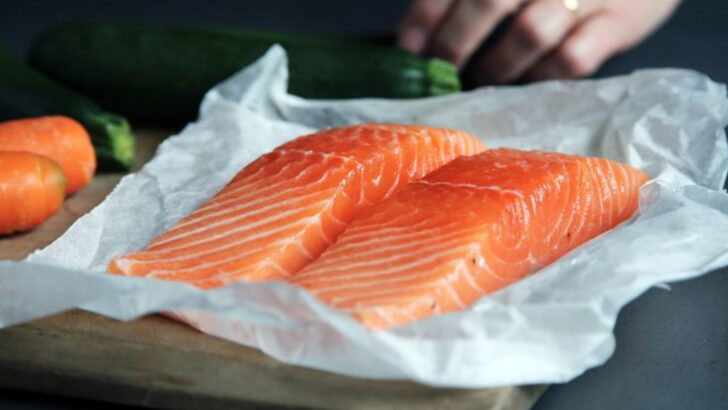The fish on your plate might not be as harmless as it seems. Overfishing, pollution, and health risks are lurking beneath the surface, making it crucial to rethink your seafood choices. Some fish are contributing to the destruction of our oceans, while others are packed with toxins that you definitely don’t want in your body.
From endangered species to those filled with harmful chemicals, some fish are better left off your plate. Every bite you take has an impact, and making informed decisions could help protect marine life and your health.
This guide uncovers 19 fish you should steer clear of and why they’re not worth the risk. It’s time to make your meals not only delicious but also responsible—so let’s dive into the fish you might want to skip next time you’re at the market!
Shark
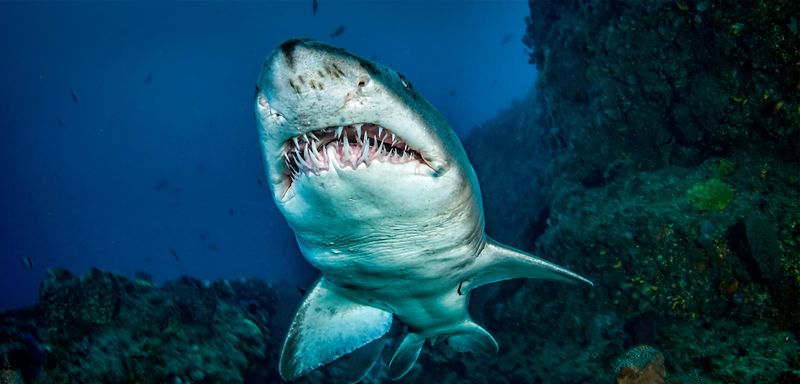
Sharks are apex predators, which makes them susceptible to accumulating high levels of mercury. Mercury exposure can lead to serious health problems, particularly in pregnant women and young children.
Moreover, overfishing has led to a significant decline in shark populations worldwide. This disrupts marine ecosystems and affects biodiversity. Choosing not to consume shark meat can help in preserving these vital creatures.
Supporting responsible fishing practices and selecting alternatives like sustainably farmed fish can make a difference. Sharks play a crucial role in maintaining the balance of the ocean’s food chain.
Bluefin Tuna
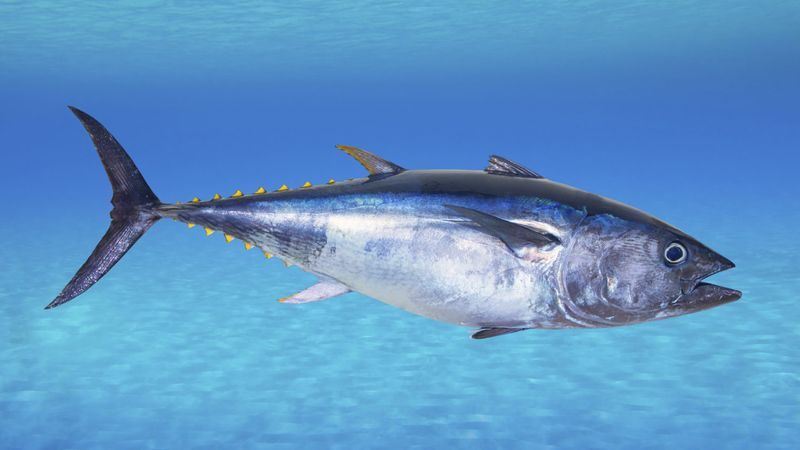
Bluefin tuna is highly sought after for sushi and sashimi, leading to severe overfishing. Their populations have dwindled to concerning levels, threatening their existence.
Bluefin tuna are also prone to high mercury content, posing health risks when consumed frequently. Opting for other tuna species like skipjack can be a more sustainable choice.
Conservation efforts focus on reducing catch limits to allow population recovery. By choosing alternatives, you support these initiatives. Bluefin tuna’s role in marine ecosystems is significant, making its conservation critical for maintaining ocean health.
Orange Roughy
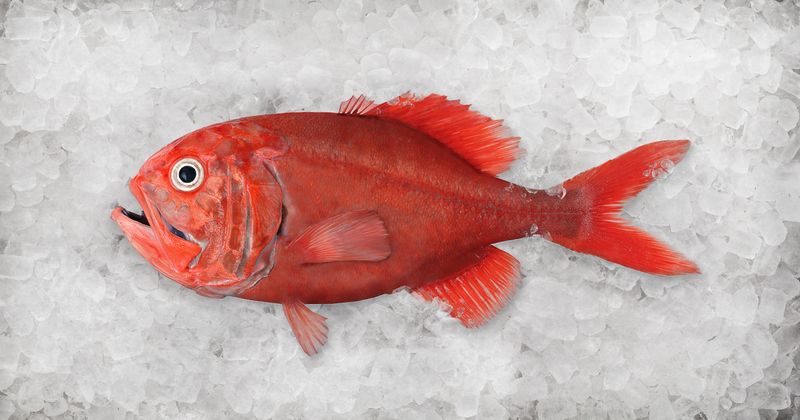
The orange roughy is notorious for its lengthy lifespan and slow reproductive rate. These characteristics make it particularly vulnerable to overfishing, as populations take a long time to recover.
Additionally, they often contain high levels of mercury, posing a risk to human health. Avoiding orange roughy can aid in its population recovery and reduce exposure to toxins.
Consumers are encouraged to explore more sustainable options, such as local fish that are responsibly managed. Supporting sustainable fishing practices ensures the longevity of marine life.
Atlantic Halibut
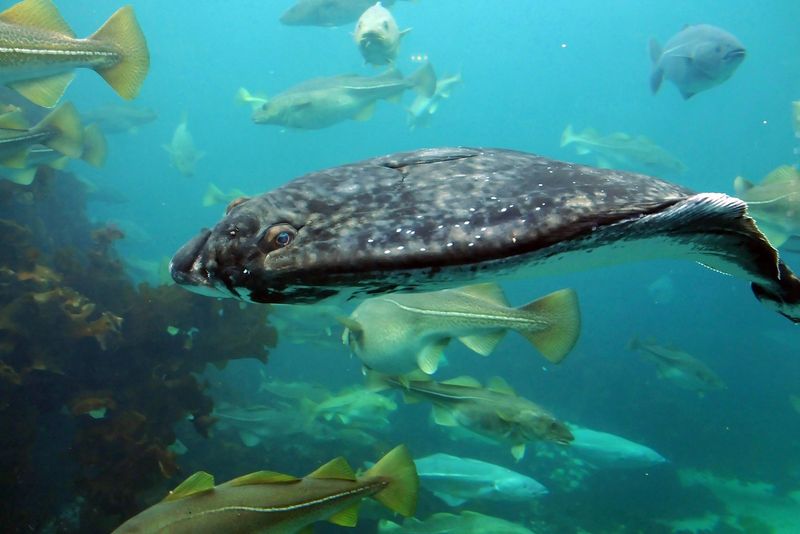
The Atlantic Halibut may often find its way to the dinner table, but it comes with sustainability issues that make it a poor choice. Overfishing has severely depleted its populations, causing concern among ecologists.
Its long lifespan and late maturity mean that the species is slow to recover from overfishing. Choosing alternatives such as Pacific Halibut can contribute to more sustainable seafood consumption.
Farmed Salmon
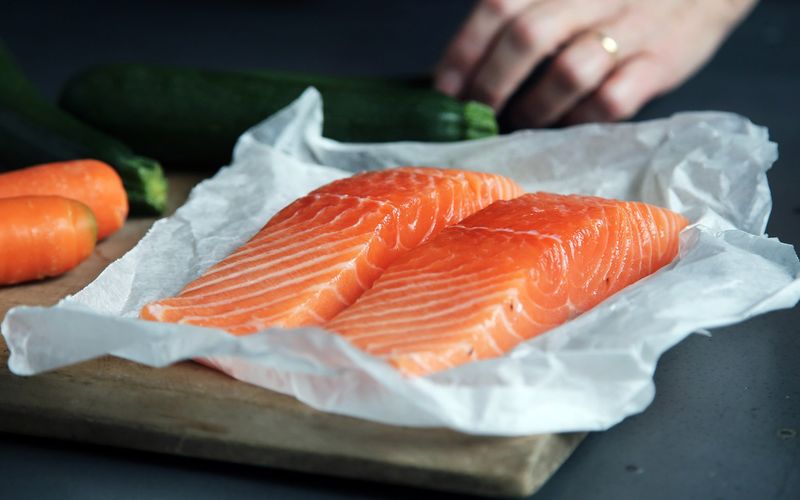
Farmed salmon are often raised in crowded conditions, leading to diseases and parasite infestations. These issues necessitate the use of antibiotics, which can lead to antibiotic resistance in humans.
Additionally, farmed salmon may contain higher levels of pollutants, such as PCBs, compared to their wild counterparts. Opting for wild-caught salmon is a healthier and more sustainable choice.
Supporting responsible aquaculture practices can lead to improved conditions in fish farms. Consumers are increasingly demanding transparency in farming methods, driving changes in the industry. Making informed choices benefits both your health and the environment.
King Mackerel
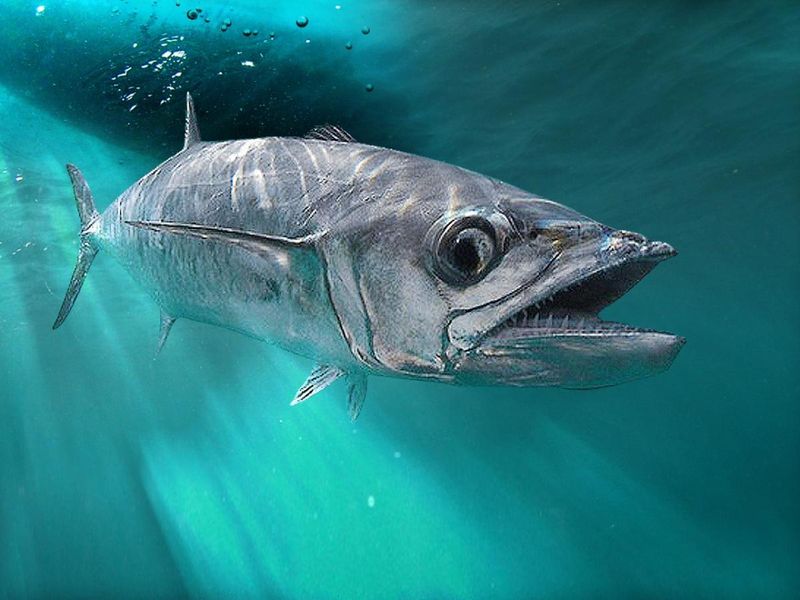
King mackerel is known for its high mercury content, which can be detrimental to health, especially for vulnerable groups like pregnant women and children. Regular consumption can lead to mercury poisoning, affecting the nervous system.
Opting for smaller mackerel species, which contain less mercury, is advisable. Awareness about mercury levels in fish is crucial for making safe dietary choices.
Choosing low-mercury alternatives contributes to a healthier diet without sacrificing the enjoyment of seafood. By being mindful of your fish choices, you can enjoy the benefits of seafood while minimizing health risks.
Tilefish
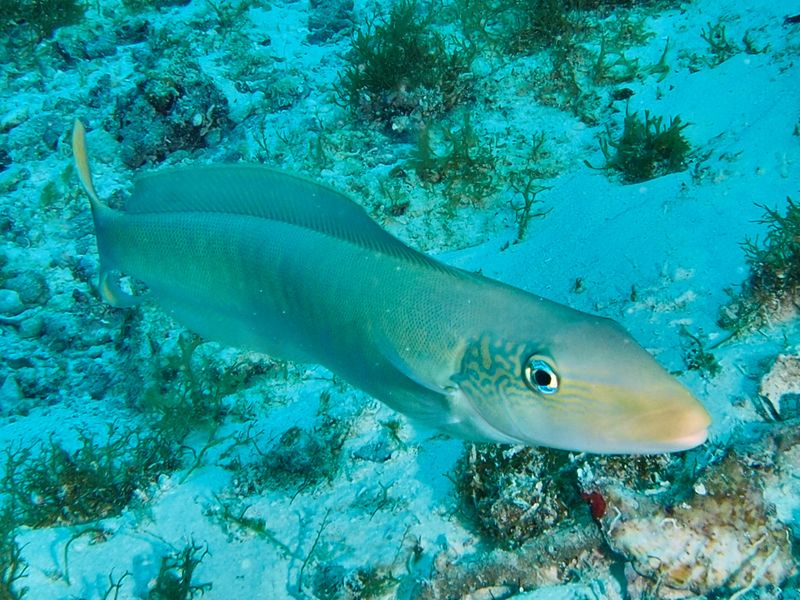
Tilefish are known to accumulate mercury due to their predatory nature and diet. Their mercury levels are among the highest found in fish, posing significant health risks.
Pregnant women, nursing mothers, and young children are particularly advised to avoid tilefish. Exploring other seafood options with lower mercury content can provide similar nutritional benefits without the risks. Public awareness campaigns often highlight these concerns, encouraging safer choices.
By choosing wisely, you contribute to public health and reduce the demand for high-mercury fish. Supporting sustainable seafood choices enhances both personal and environmental well-being.
Atlantic Cod
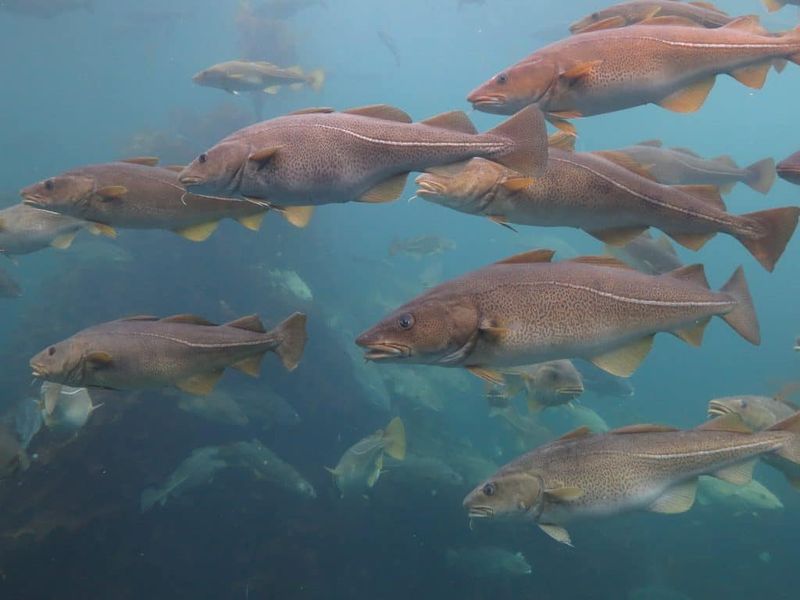
Atlantic cod has faced overfishing for decades, leading to severe population declines. This has resulted in harsh fishing restrictions to allow stocks to recover. Cod also tends to have higher mercury levels compared to other white fish.
Opting for alternatives like haddock or pollock supports more sustainable fishing practices. The recovery of cod populations is essential for maintaining marine biodiversity.
Consumer choices play a significant role in influencing fishing practices and regulations. By selecting sustainably sourced fish, you contribute to the health of ocean ecosystems and the future of seafood.
Swordfish
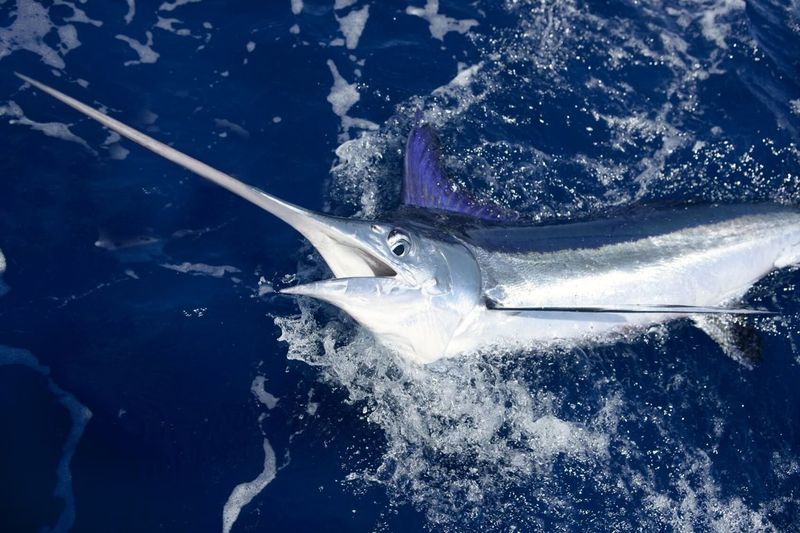
Swordfish are impressive predators but are known for high mercury levels, making them unsafe for frequent consumption. Mercury exposure can lead to neurological issues, particularly in children and pregnant women.
Choosing smaller, less predatory fish can mitigate these risks. Conservation efforts aim to manage swordfish populations sustainably, balancing human consumption with ecological needs.
Awareness of mercury content in fish allows consumers to make informed choices, reducing health concerns. By exploring alternative seafood options, you support ocean health and ensure that future generations can enjoy diverse marine life.
Imported King Crab
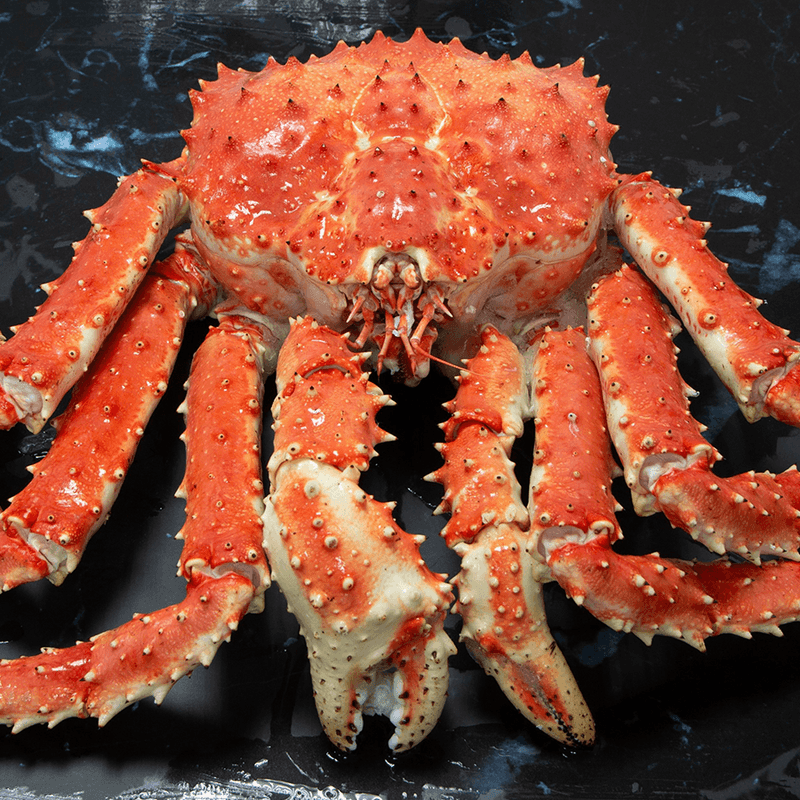
Imported king crab, often sourced from Russia, can be associated with unsustainable fishing practices and poor traceability. This raises concerns about overfishing and environmental impact. Choosing domestic crab options ensures better regulation and sustainability.
Supporting local fisheries can lead to more responsible management and fresher products. Awareness about the origins of seafood is crucial for making environmentally friendly choices.
Consumers are encouraged to ask questions about the source and sustainability of their seafood. By choosing responsibly sourced crab, you contribute to healthy ocean ecosystems and the vitality of coastal communities.
Caviar
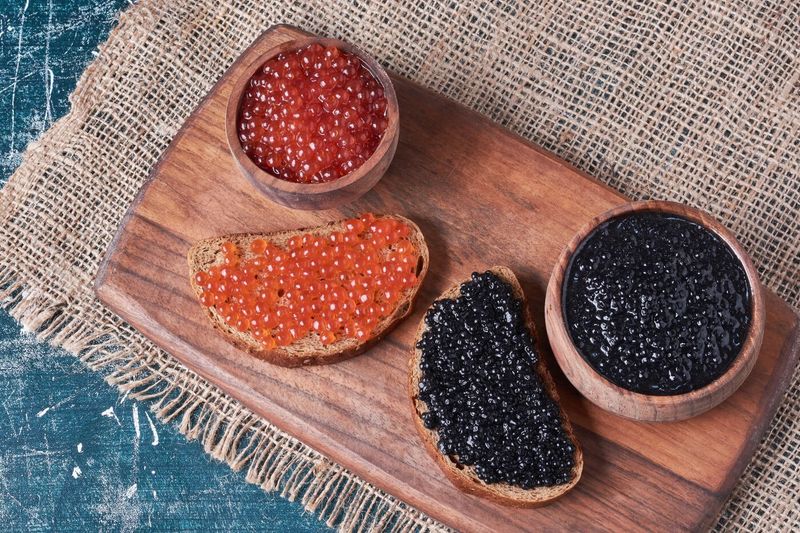
Caviar, sourced from sturgeon, is a delicacy with a significant environmental cost. Overfishing of sturgeon for their roe has led to drastic population declines, pushing some species to the brink of extinction.
Sustainable alternatives, such as farmed caviar, offer an eco-friendly option. Conservation efforts focus on strict regulations and habitat restoration to support sturgeon recovery.
By opting for sustainable choices, you align with conservation goals. Awareness about caviar’s impact fosters responsible consumption and supports biodiversity. Supporting certified sustainable caviar ensures the enjoyment of this luxury without compromising ecological balance.
American Eel
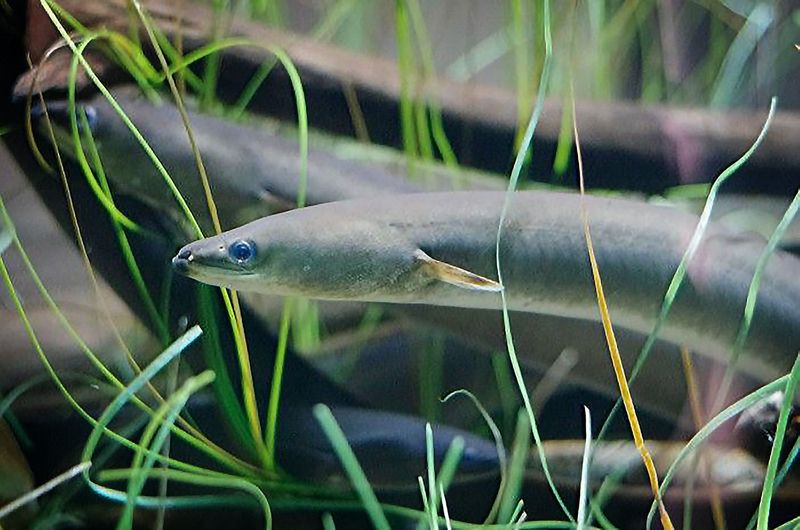
American eels have seen drastic declines due to overfishing and habitat loss. Their unique life cycle makes them particularly susceptible to environmental changes. Choosing not to consume eel can aid in population recovery efforts.
Sustainable seafood guides offer alternative options that are less impactful on the environment. Supporting initiatives that protect eel habitats contributes to broader conservation goals.
Awareness of the challenges faced by eel populations helps foster responsible consumer behavior. By selecting other seafood, you help ensure the survival of this fascinating species, preserving its role in aquatic ecosystems.
Grouper
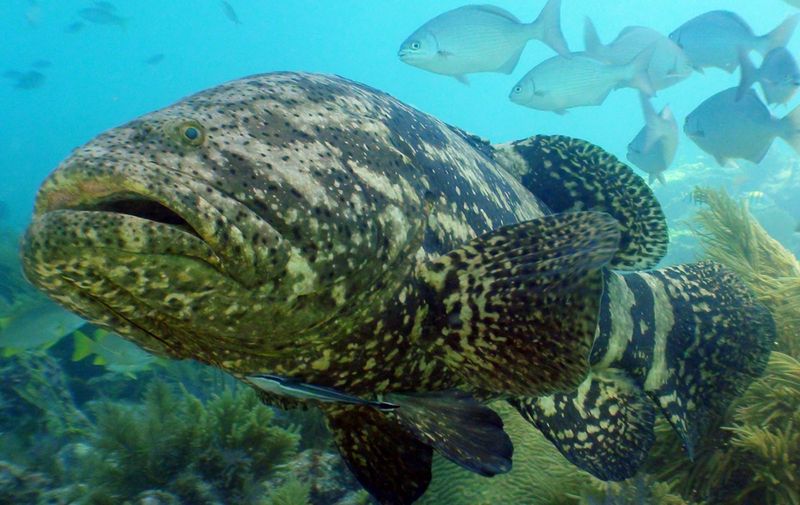
Grouper is a popular choice for seafood lovers, but it’s vulnerable to overfishing due to its slow growth and late maturity. These factors make population recovery challenging, requiring careful management.
Mercury levels in grouper are also a concern, influencing dietary recommendations. Exploring sustainable alternatives like snapper can reduce pressure on grouper populations. Consumer demand for responsibly sourced seafood encourages better fishing practices.
By making informed choices, you contribute to the conservation of groupers and the health of marine environments. Supporting sustainable seafood enhances ocean resilience and biodiversity.
Snapper
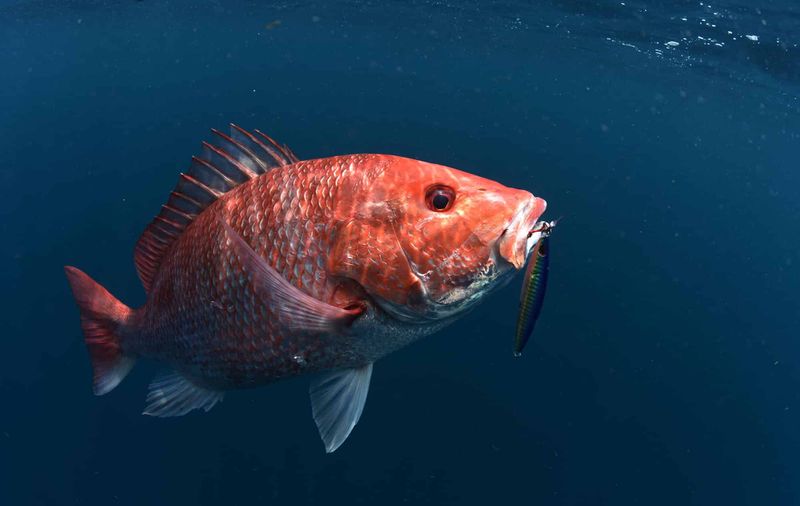
Snapper, though popular, faces overfishing pressures in many areas. Its popularity has led to declines in wild populations, necessitating stringent management measures.
Mercury content can vary, encouraging moderation in consumption. By choosing snapper from sustainable fisheries, you support conservation efforts and responsible fishing methods. Awareness about the challenges facing snapper populations promotes informed consumer behavior.
Supporting sustainable seafood choices helps maintain biodiversity and the resilience of marine ecosystems. Alternatives like farmed fish or other responsibly sourced species can offer similar culinary enjoyment with reduced environmental impact.
Monkfish
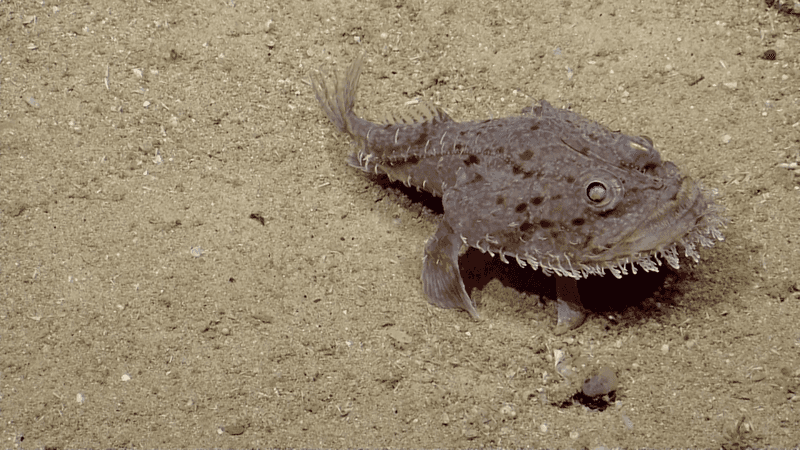
Monkfish, often marketed as “poor man’s lobster,” has been subject to overfishing, impacting its population stability. Its unique appearance and taste make it a sought-after delicacy, but sustainability concerns persist.
Opting for alternatives like lobster or sustainably farmed shellfish can alleviate pressure on monkfish stocks. Supporting fisheries that adhere to strict quotas and management practices aids conservation.
Consumer choices influence market demand and encourage responsible sourcing. By opting for sustainable seafood, you contribute to the health of marine environments and ensure the availability of seafood for future generations.
Escolar
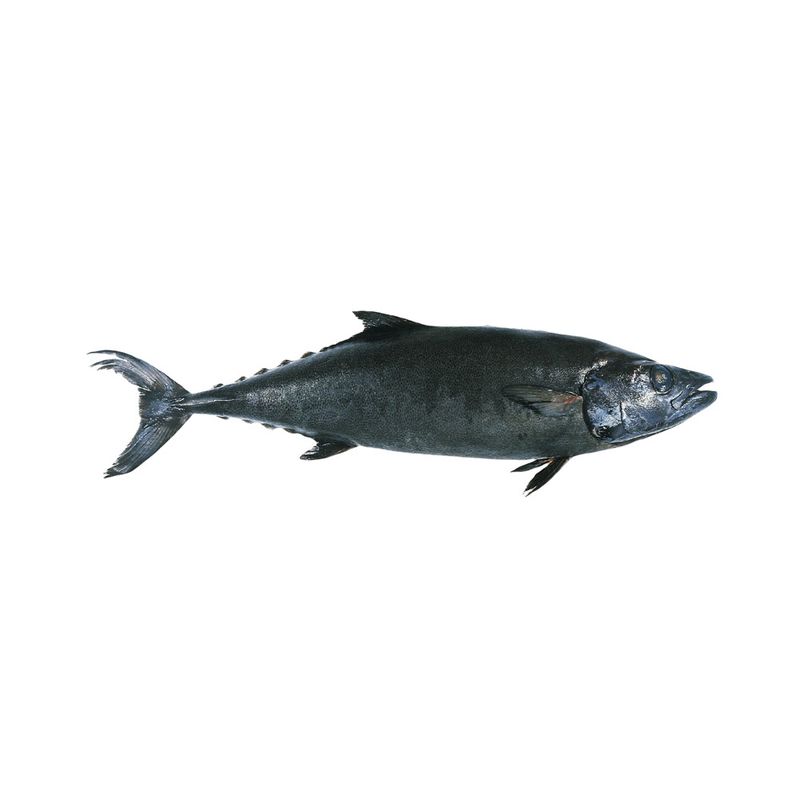
Escolar, sometimes misleadingly sold as “white tuna,” is known for causing digestive issues. Its high oil content can lead to unpleasant gastrointestinal symptoms when consumed in large quantities.
Awareness of these effects is crucial for making informed dietary choices. Opting for true tuna species or other white fish can provide similar culinary experiences without health concerns.
Supporting transparent labeling practices helps consumers avoid confusion and potential discomfort. By choosing wisely, you enhance your dining experience and promote honest seafood marketing. Ensuring clear information about seafood benefits both consumers and the industry.
Imported Shrimp
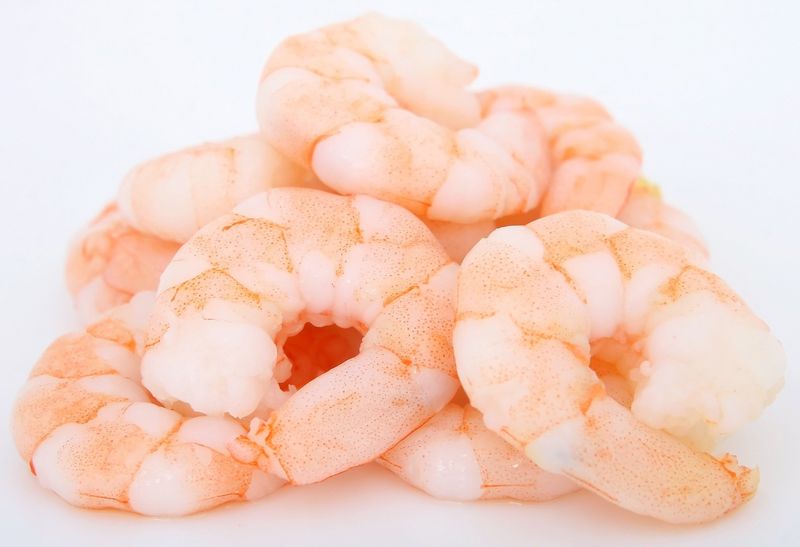
Imported shrimp is a popular seafood choice, but it often involves environmentally harmful practices. Shrimp farms, especially in countries with lax regulations, may destroy important ecosystems like mangroves.
Opt for responsibly farmed or wild-caught shrimp certified by sustainability labels to ensure healthier options.
Imported Catfish
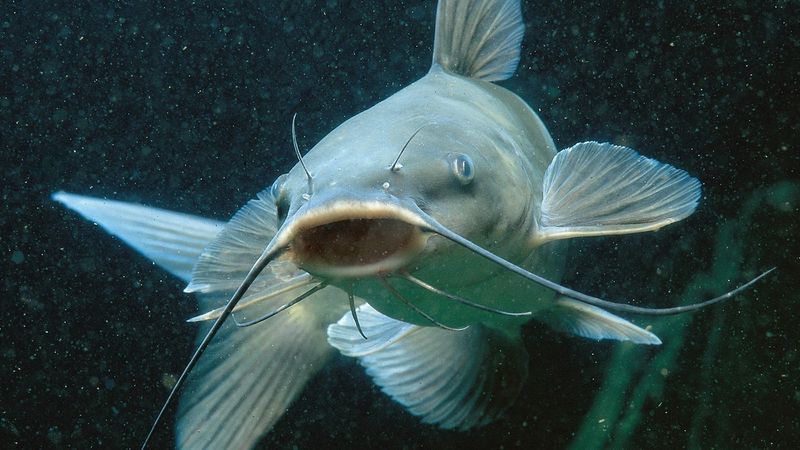
Imported catfish, especially from regions with less stringent regulations, can raise concerns about food safety and environmental impact. Antibiotics and poor farming practices can lead to contamination and health issues.
Opting for domestically farmed catfish ensures better regulation and quality control. Supporting local aquaculture promotes sustainable practices and healthier products. Awareness of the origins and farming methods of seafood is key to responsible consumption.
By choosing local and responsibly farmed catfish, you contribute to environmental stewardship and support local economies. Informed choices benefit both health and sustainability.
Glow-In-The-Dark Anglerfish
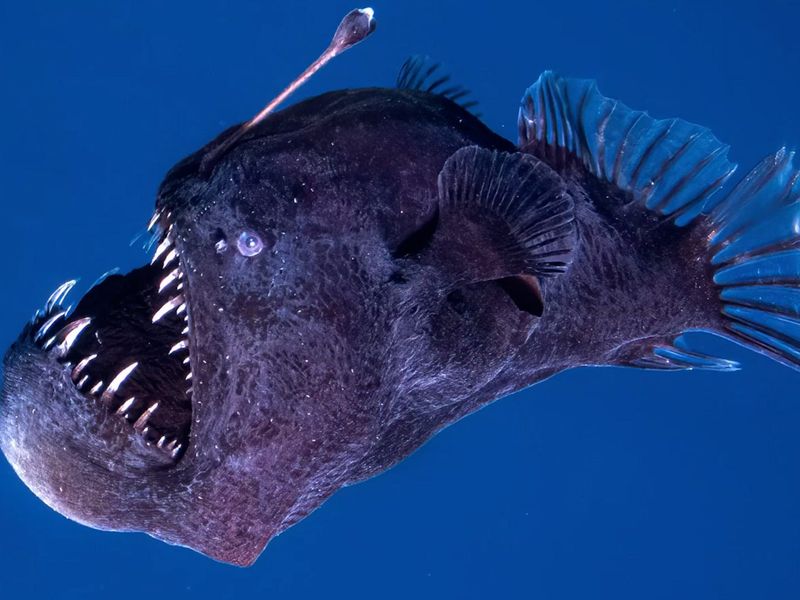
Glow-In-The-Dark Anglerfish
The glow-in-the-dark anglerfish might sound like a creature from a sci-fi movie, but these deep-sea dwellers are real and surprisingly hazardous to consume. Found in the darkest ocean depths, they use bioluminescence to lure prey.
Their diet includes toxic marine organisms that accumulate in their bodies over time. Eating anglerfish could expose you to these toxins, posing a risk to your health.
Moreover, their mysterious allure has led to overfishing, threatening their populations. Opting for more sustainable seafood choices helps protect these enigmatic creatures and ensures ocean biodiversity remains intact.

